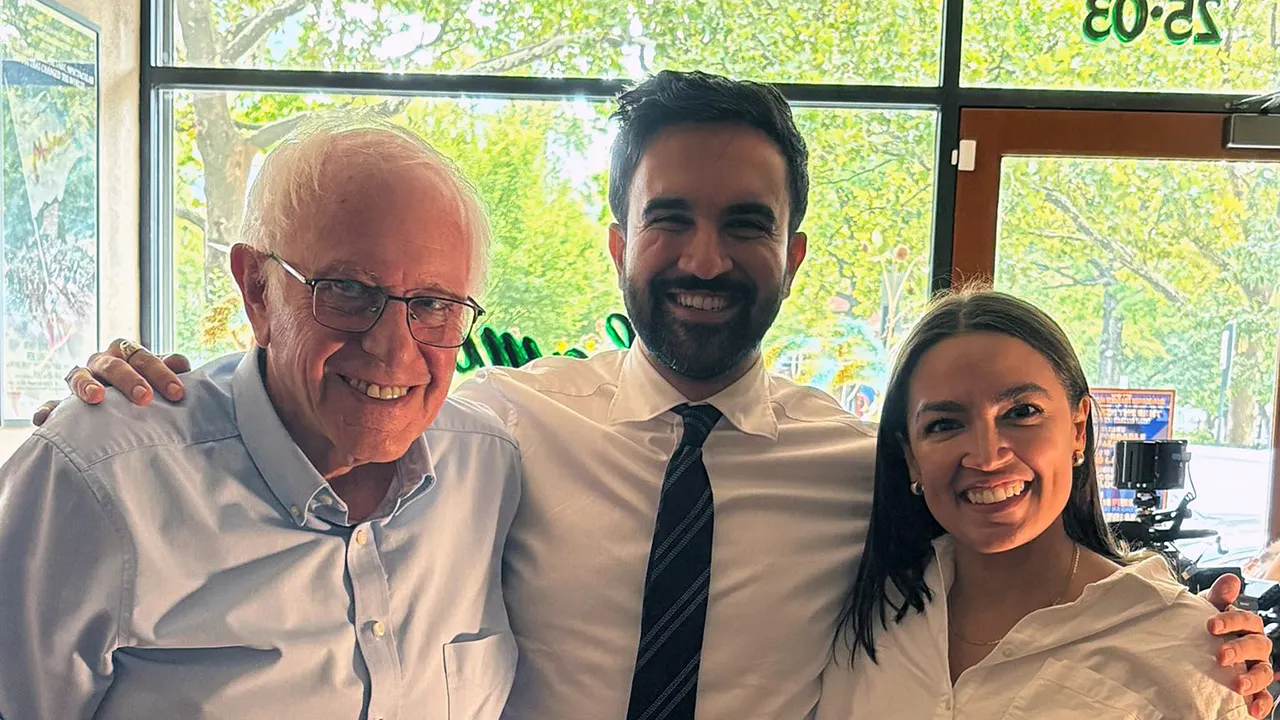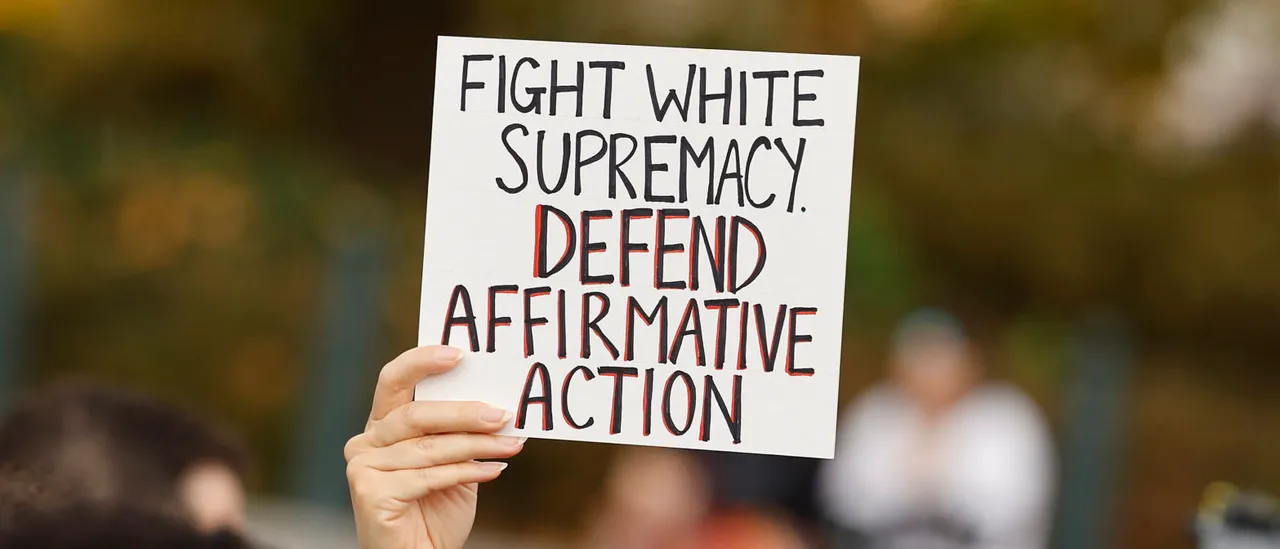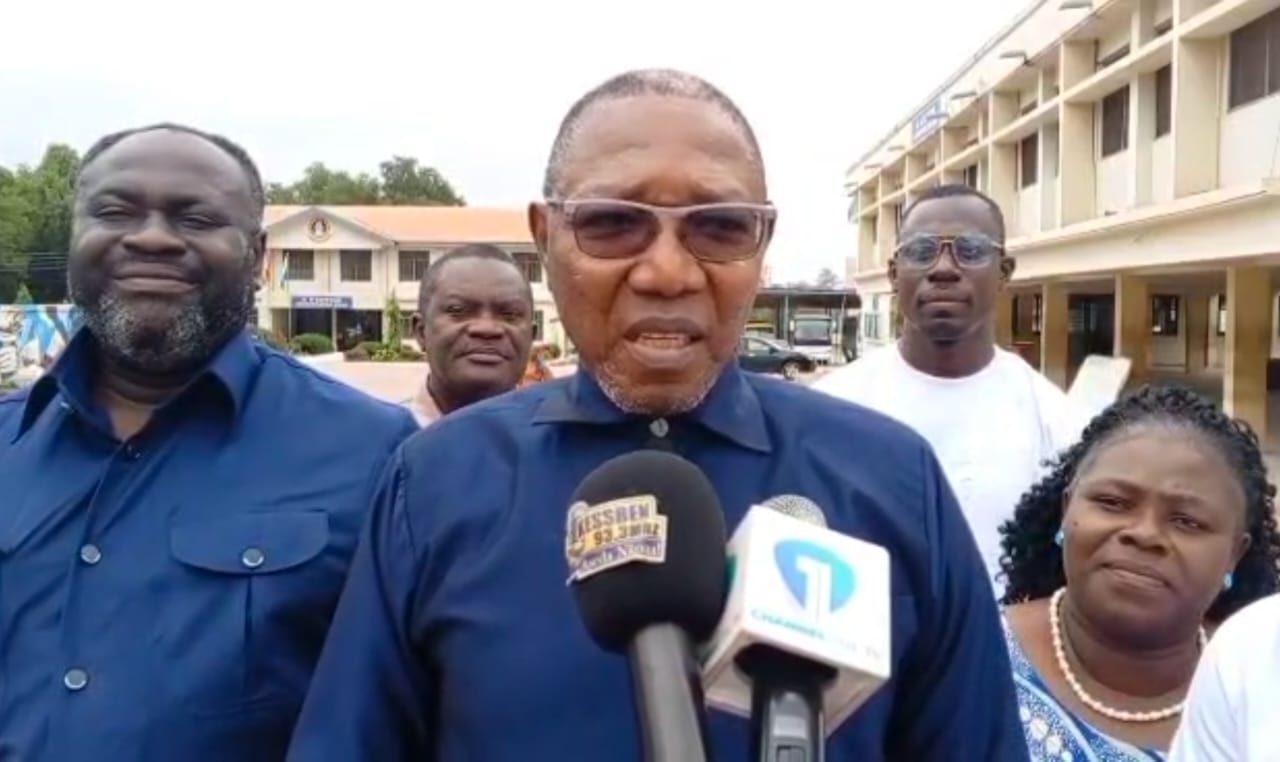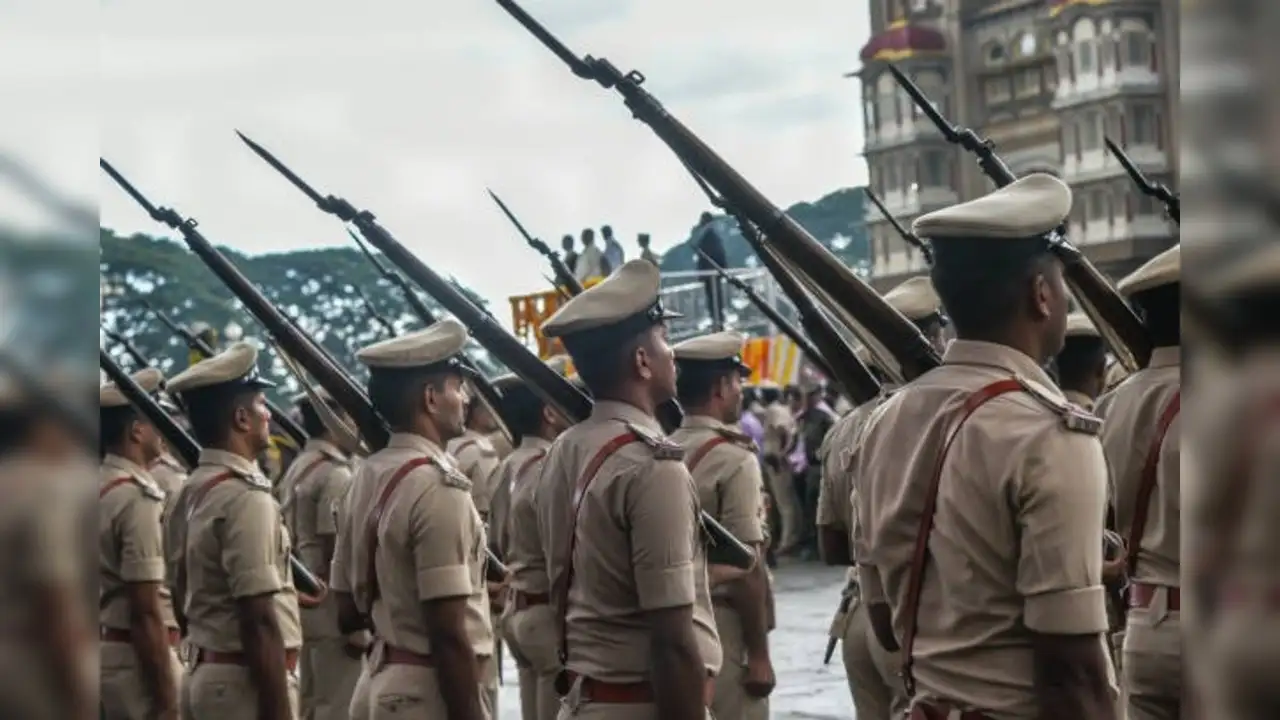By Vignesh Radhakrishn
Copyright thehindu
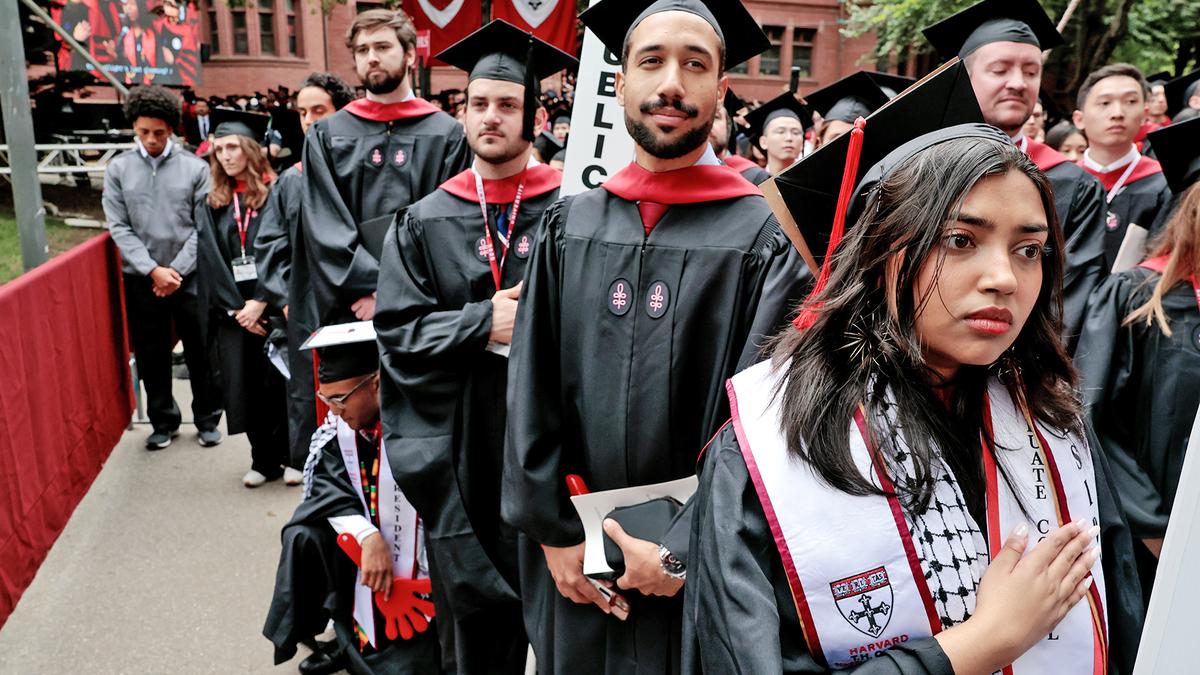
Following the U.S. government’s decision to impose a one-time $1,00,000 fee on new H-1B visa applications, data suggests that foreign students pursuing their degrees in the U.S. — particularly Indians, who form the largest group of international students — will be significantly affected.
Associated Press quoted U.S. student visa holders who are attempting to secure an H-1B, saying they are now reconsidering settling in the country. Not just students already in the U.S., but also many in India who aspire to enrol in American universities and work there told AP and Reuters that it feels like “a door [is] closing.”
Most experts believe the new rule will apply to foreign students in the U.S. Some immigration lawyers, however, caution that significant grey areas remain. While the finer details are still being worked out, the fee hike would have a telling impact on Indian students, who only last year overtook Chinese students to become the largest group of international students in the U.S. Together, these two countries account for 80% of the foreign students.
A majority of Indian students go to the U.S. for their Master’s degree. Those who graduated in 2022 and opted for an optional practical training (OPT) work permit — which allows immigrant students to work in the U.S. for 1-3 years — will typically now be in the queue for an H-1B visa. This means students who will be hit by Mr. Trump’s new visa fee will be those who have been in the country for many years, having already invested tens of thousands of dollars.
The new rule will especially hit those who graduate with a STEM (Science, Technology, Engineering, Mathematics) degree, one of the most sought-after fields for employers. Indian students are particularly vulnerable because a majority of them pursue STEM courses. Among the two largest groups of foreign students in the U.S., more than 75% of Indians are enrolled in STEM fields, compared with about 50% of Chinese.
Typically, a STEM student enters the H-1B queue 2-3 years after graduating. Last year, 37% of all H-1B petitions approved for initial (new) employment — the category to which the new fee applies — were filed by foreign students in the U.S. who were on F-1 visas. In some previous years, this share crossed the 45% mark.
While the exact share of Indian students on F-1 visas who were approved for initial H-1B employment cannot be determined directly, two other figures highlight the scale. In FY24, 57% of all initial H-1B beneficiaries were Indians, with Chinese nationals a distant second at 14%. When this is read alongside the fact that over 75% of Indian students in the U.S. are enrolled in STEM courses, it strongly suggests that a very large share of H-1B beneficiaries moving from student status to initial employment were Indians.
By the time Indian students complete their OPT, they would have already contributed several years of tuition and living expenses to the U.S. economy. Last year, international students spent nearly $44 billion on their education including tuition fees, housing, food and other daily expenses in the U.S. Over half of this money comes from their personal and family savings.
A study by non-profit NAFSA, the Association of International Educators, found that in 2024, on average, international students spent about $39,000 each in the U.S. Given that Indians are among the largest group of international students, a significant share of this spending comes from Indian households, many of whom take on loans or exhaust savings to cover these costs.
